Dinosaurs and Dinosaur Fossils: The Definitive Guide for Travellers
Dinosaurs and Dinosaur Fossils Knowledge of dinosaurs exploded into the mainstream through Hollywood magic, thanks to Stephen Spielberg’s animated drama adventure Land Before Time (1988, co-produced with George Lucas of Star Wars fame) and the suspenseful Jurassic Park (1993) and…
3 Aug 19 · 10 mins read
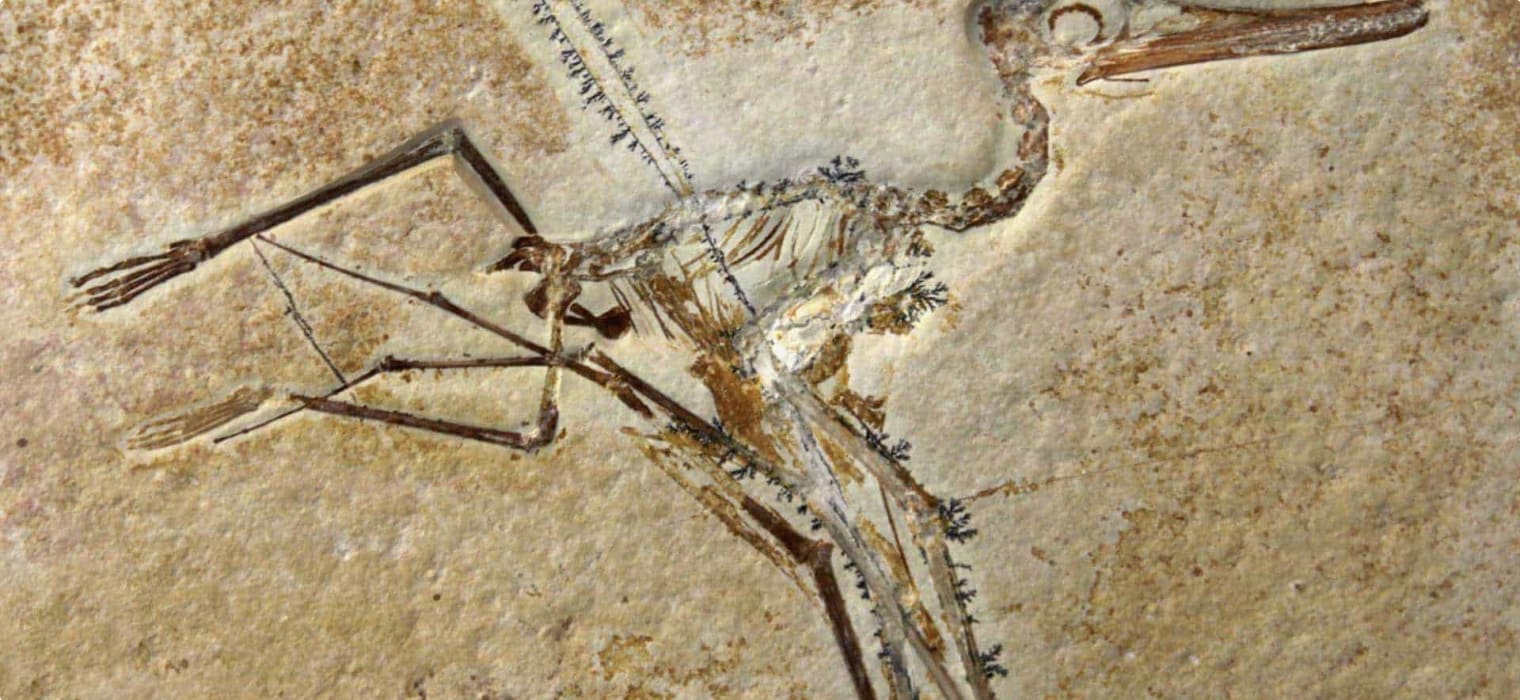
Dinosaurs and Dinosaur Fossils
Knowledge of dinosaurs exploded into the mainstream through Hollywood magic, thanks to Stephen Spielberg’s animated drama adventure Land Before Time (1988, co-produced with George Lucas of Star Wars fame) and the suspenseful Jurassic Park (1993) and its numerous sequels. In this article, we will look at the history of dinosaurs, dinosaur fossils, the controversial commercial aspect of fossil collection, and some of the new species discovered in the past decade.

Dinosaurs, Prehistoric Reptiles
“Dinosaur” is the common name given to a group of reptiles of varying size, from a “size of a school–six stories high…to a size of a chicken“, which first appeared on Earth 245 million years ago and ruled the planet for almost 180 million years.
To give you an idea of the scale of time and how old these dinosaurs were, note that the first human ancestor believed to have walked on two legs appeared only 5.8 million years ago.
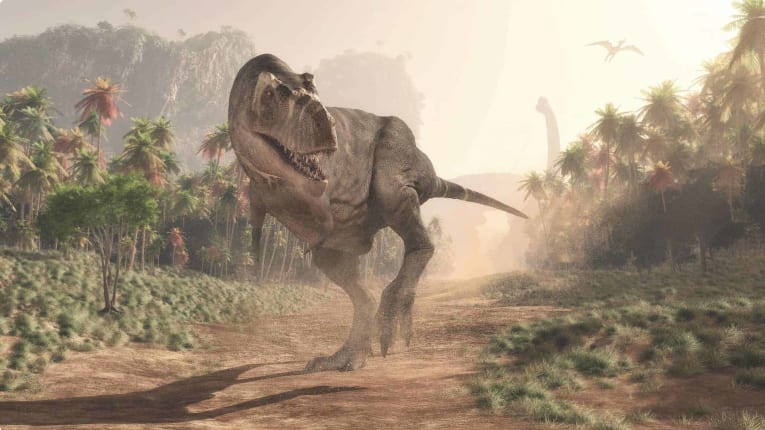
The dinosaurs lived during what is called the Mesozoic Era, divided into three periods: the Triassic, the Jurassic, and the Cretaceous periods. It was during this era when the single land mass Pangaea began splitting up into continents. The incredible changes in the environment and the planet’s climate led to the dinosaurs evolving into various forms and species suited to the changing conditions.
An extinction event (probably a catastrophic asteroid impact) killed nearly all of these reptiles during the Cretaceous about 70 million years ago, save for a lineage which evolved into birds. According to the American Museum of Natural History, there are roughly 700 known species of extinct dinosaurs.
Naming the Dinosaur
When was the first dinosaur fossil discovered? How did we even get the term “dinosaur”?
The second question is easier to answer. The term “dinosaur” comes from Dinosauria, the formal taxon or grouping proposed by English biologist and anatomist Sir Richard Owen in 1842 to include three giant extinct animals (Megalosaurus, Iguanodon, and Hylaeosaurus) whose fossilised bones were unearthed in southern England during the early 19th century. The term comes from the Greek words deinos (“terrible” or “fearfully great”) and sauros (“reptile” or “lizard”).
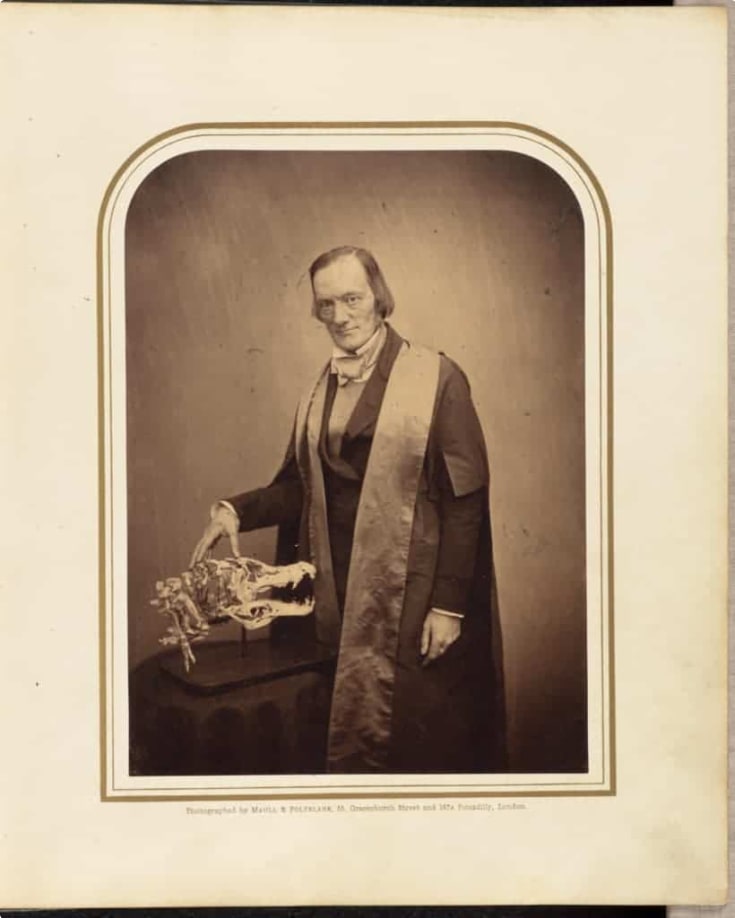
Early Dinosaur Fossil Discoveries
It is harder to pinpoint when the first dinosaur fossils were discovered. Dinosaurs died tens of millions of years before humans even walked the earth, so their bones were most likely unearthed before geology (earth science) or palaeontology (study of fossils) were formally established, by people who absolutely had no idea what they were looking at.
Scholars believed the legend of the griffin from the 7th century BC may have been inspired by dinosaur fossil discoveries.
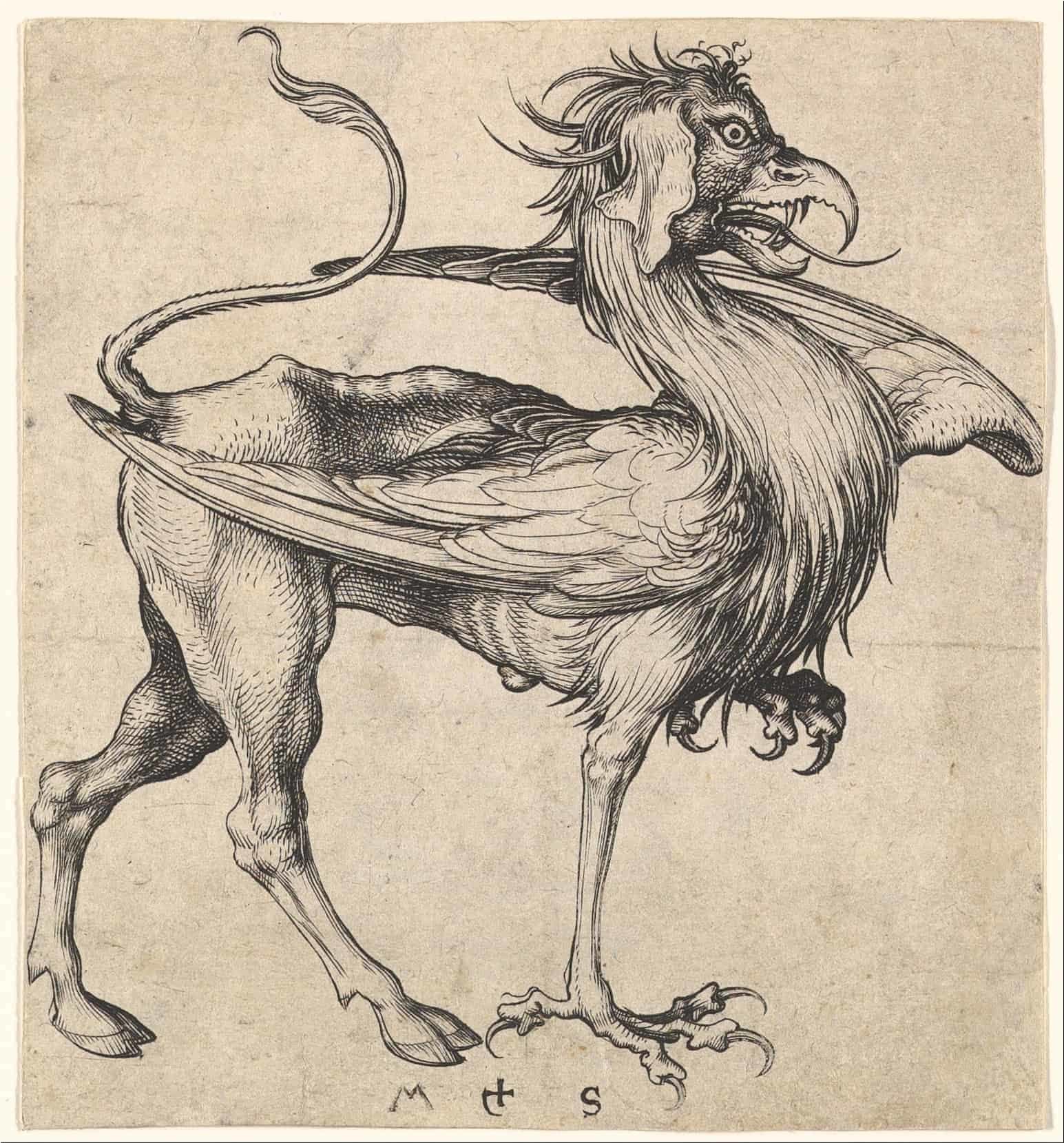
Robert Plot of the University of Oxford looked at a dinosaur thighbone (as we know it now) and concluded in 1677 that it came from a gigantic human being, like the Biblical Goliath. In 1800, Pliny Moody of Massachusetts also attributed a discovery to the Bible, calling the large birdlike footprints found on sandstone slabs as caused by “Noah’s raven“. In 1818, Solomon Ellsworth, Jr. of Connecticut unearthed bones while digging a well, a discovery noted by Nathan Smith in the 1820 American Journal of Science and Arts. The bones were also thought to be human at first, but were much later attributed to the Anchisaurus, a herbivore.
The southern England finds prior to Owen’s naming were the most well-known–and the better-recorded– dinosaur discoveries of the early 19th century. In the 1820s, a clergyman named William Buckland and a physician named Gideon Mantell, both of whom collected fossils as a hobby, described Megalosaurus and Iguanodon, respectively.
Buckland, with the help of anatomist Georges Cuvier, described Megalosaurus (“Great Lizard”) as a “lizard” in 1824, which kicked off the formal study of these bones as those belonging to extinct reptiles (instead of griffins or Goliaths). Iguanodon (“iguana-toothed”) was named the year after, in 1825. Mantell also described and named Hylaeosaurus (“lizard belonging to the forest”) in 1832.
These bones were then reviewed by Owen, who saw that they were so different from any known reptiles that they required a different classification altogether. The age of the dinosaur was born.
Further Discoveries
Less than two decades after scientists began classifying these extinct reptiles as “dinosaurs”, Charles Darwin released On the Origin of Species (1859), which served as the foundation of evolutionary biology. The book became an instant bestseller and shocked the Victorian world with its arguments. In it, Darwin argued that species evolve from common descent by a process of natural selection.
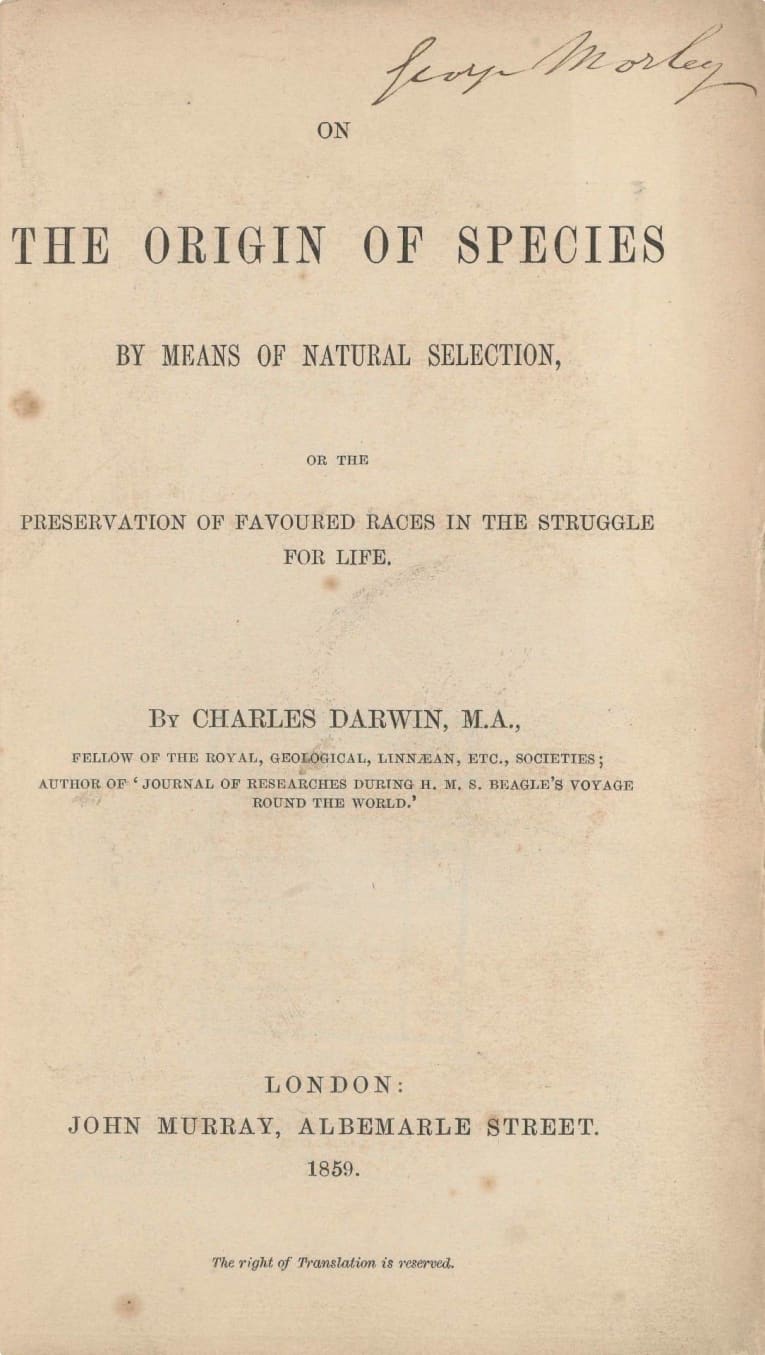
Darwin gained admirers, and some very angry critics. Included in the latter group was, ironically, Sir Richard Owen, whose own theory of the origin of species was rooted in religion. Among Darwin’s supporters was his friend Thomas Henry Huxley (sometimes referred to as “Darwin’s bulldog” for his ferocity), who would later connect birds with dinosaurs.
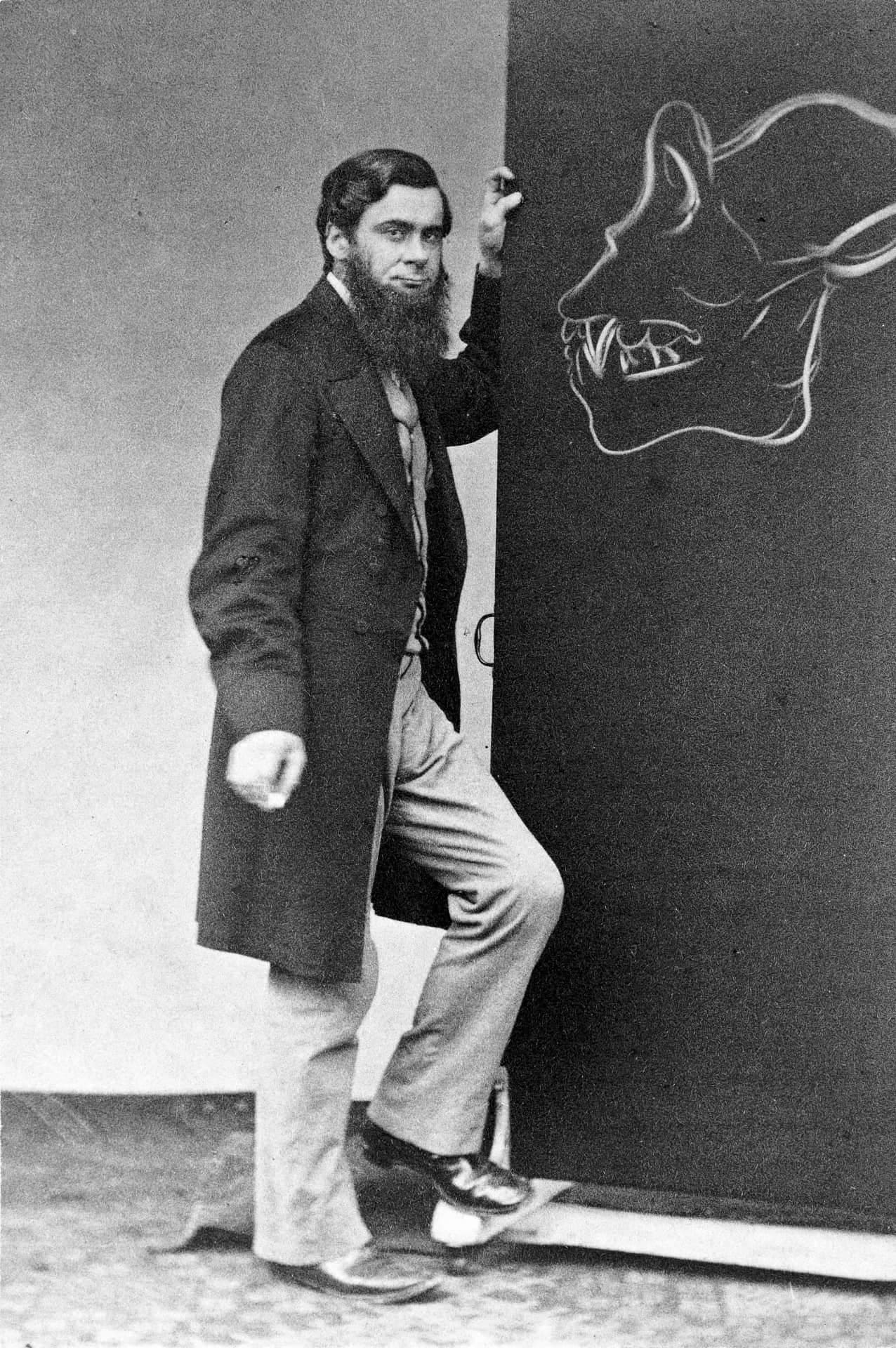
A year after the controversial book was published, a fossil of a bird-like creature was discovered in southern Germany. Owen named it Archaeopteryx lithographica (“ancient wing on writing stone”). David Norman summarises why the fossil was “extraordinary”:
The fossil was extraordinary because around the bones were seen the impressions of feathers (which of course implied that this was a bird) yet what was also seen in the skeleton were clear traces of teeth (no bird has teeth), hands with three well-developed clawed fingers (no bird has clawed fingers of that type) and its tail comprised a long string of small bones from which radiated a fan of feathers (no bird has a long string of tail bones).
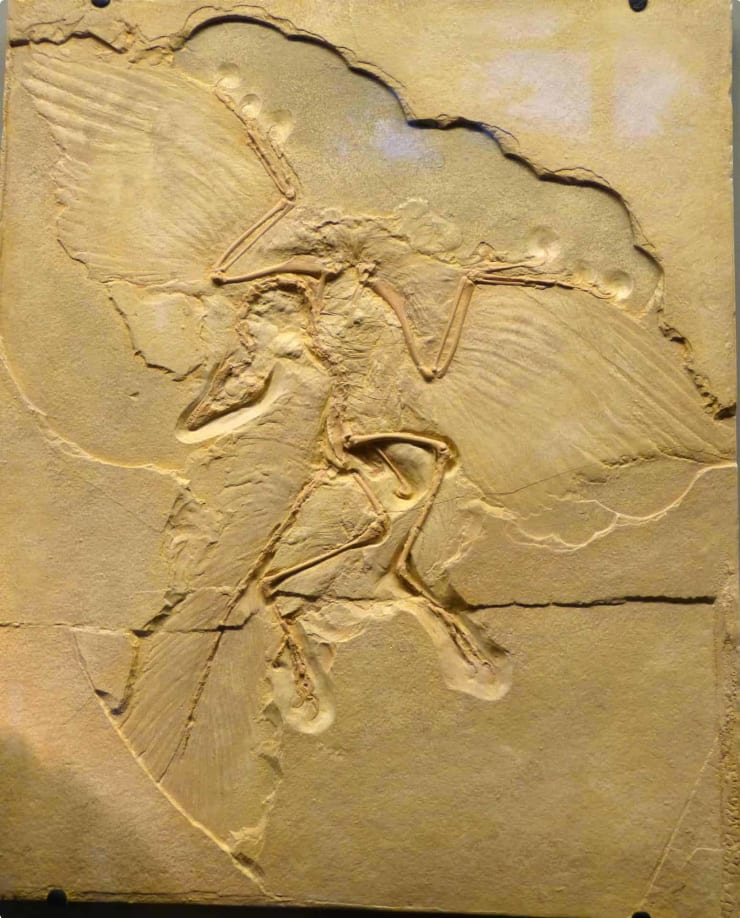
Huxley observed the structure of Archaeopteryx and theorised that perhaps birds and dinosaurs were related. Much like Darwin, Huxley also experienced push-back from this theory, but he was later proven to be correct.
Another important discovery was made with the help of the profound wealth of American industrialist and philanthropist, Andrew Carnegie. Carnegie, who grew wealthy from his steel empire, financed dinosaur expeditions in northern Wyoming and southern Utah in hopes of finding an impressive fossil to display in his self-named museum in Pittsburgh. The digs eventually unearthed the remarkable Diplodocus carnegiei (“Carnegie’s double-beam”) in 1901, a near-complete skeleton of the biggest dinosaur discovered to date.
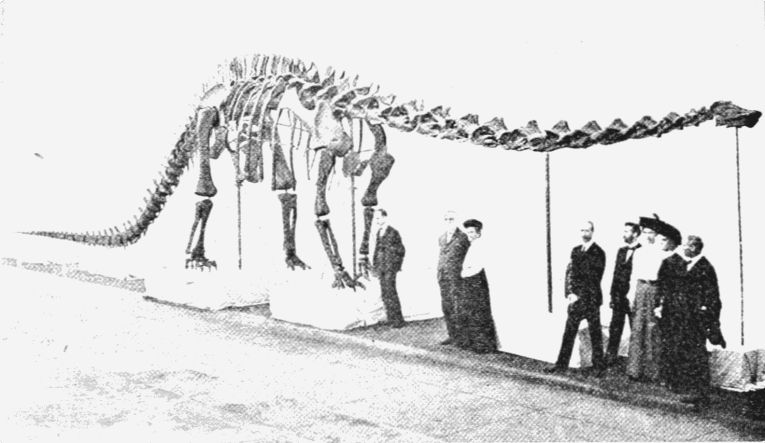
Once reconstructed, the long-necked Diplodocus, or “Dippy“, stretched 26 metres in length. (For scale, a bus is 12 metres long.) The original bones are kept in the Carnegie Museum of Natural History, while complete casts of the skeletons can be viewed in a dozen museums worldwide. The casts were donated by Carnegie. According to London’s Natural History Museum, which received the cast in 1905, Dippy is made up of 292 bones that take two days to clean.
Famous Dinosaurs: Tyrannosaurus Rex and Velociraptor
Now let’s look at the “celebrity” dinosaurs made more famous by Spielberg’s Jurassic Park.
As palaeontologist Stephen Brusatte says, the Tyrannosaurus rex is a “Mesozoic muse”: “I think you could show a picture of T-rex to pretty much anybody on the planet and they’re going to know what it is.” Fossils of the T-rex were discovered as early as the 1870s, but were initially attributed to a different species of dinosaur. It was named in 1905 by Henry Fairfield Osborn, president of the American Museum of Natural History.
Tyrannosaurus rex translates to “King Tyrant Lizard”, named for its size and perceived dominance during the late Cretaceous. It was the size of a bus (12 metres) and stood at a height of about 6 metres (20 feet). A carnivore, the T-rex was believed to have been able to eat 230 kilograms of meat in one bite.
In March 2019, palaeontologists uncovered the “rex of all rexes“–the biggest T-rex fossil found to date, and the biggest fossil ever unearthed in Canada. The T-rex, nicknamed “Scotty”, was first discovered in 1991, but the bones were embedded in hard sandstone. It took scientists more than a decade to remove and assemble Scotty, and to determine his size: 13 metres long with a living weight of 9.7 tonnes. He was also the oldest T-rex known, with his age determined to be in the early 30s–incredible because T-rex’s usually died young.
While the depiction of the T-rex on the silver screen was more or less faithful, the velociraptor’s depiction was exaggerated. The truth is, it was velociraptor (“swift seizer”) only in name. Based on fossil evidence first found in Mongolia in 1923, a velociraptor was the size of a big chicken–less than a metre in height (2 feet) and about 1.8 metres (6 feet) in length, weighing about 14 kg (30 lbs). On Jurassic Park, the velociraptor’s size was doubled and its features based on a different species, the deinonychus (“terrible claw”)–which looked more cinematic but unfortunately had a name that audience members may find harder pronounce.
In any case, both the deinonychus and velociraptor–despite the meaning of the latter’s name–were not as swift as portrayed onscreen, though they did move on two legs and their hind claws were deadly. It is now believed that they had fine feather covering, instead of scales.
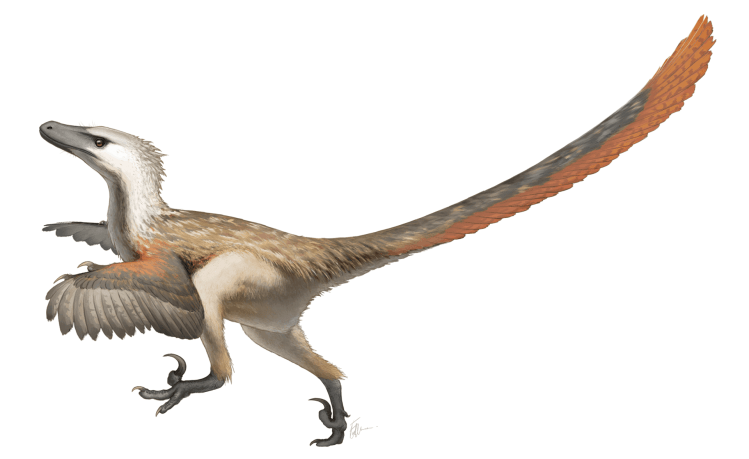
Selling and Buying Dinosaur Fossils
If you ever dig up a T-rex or velociraptor fossil in your backyard, you will earn a pretty penny. Either skeleton can fetch up to US$10 million, according to a February 2019 article by The Guardian. A skeleton like Dippy’s holds a price tag of up to US$1.1, while a triceratops’s skull would fetch no less than US$170,000.
The private sale of fossils is not a new trend. According to David Norman, “the tongue-twister ‘she sells seashells on the seashore’ has its origin in the work of one of the earliest and most celebrated fossil collectors, Mary Anning.” Anning, born in 1799, collected fossils along the shores of Dorset and sold them.
(Anning did not grow wealthy from this, however. As a woman, she was not allowed membership in scientific societies and was not credited for her discoveries. A Mary Anning biopic starring Kate Winslet and Saoirse Ronan will be hitting theatres in 2020.)
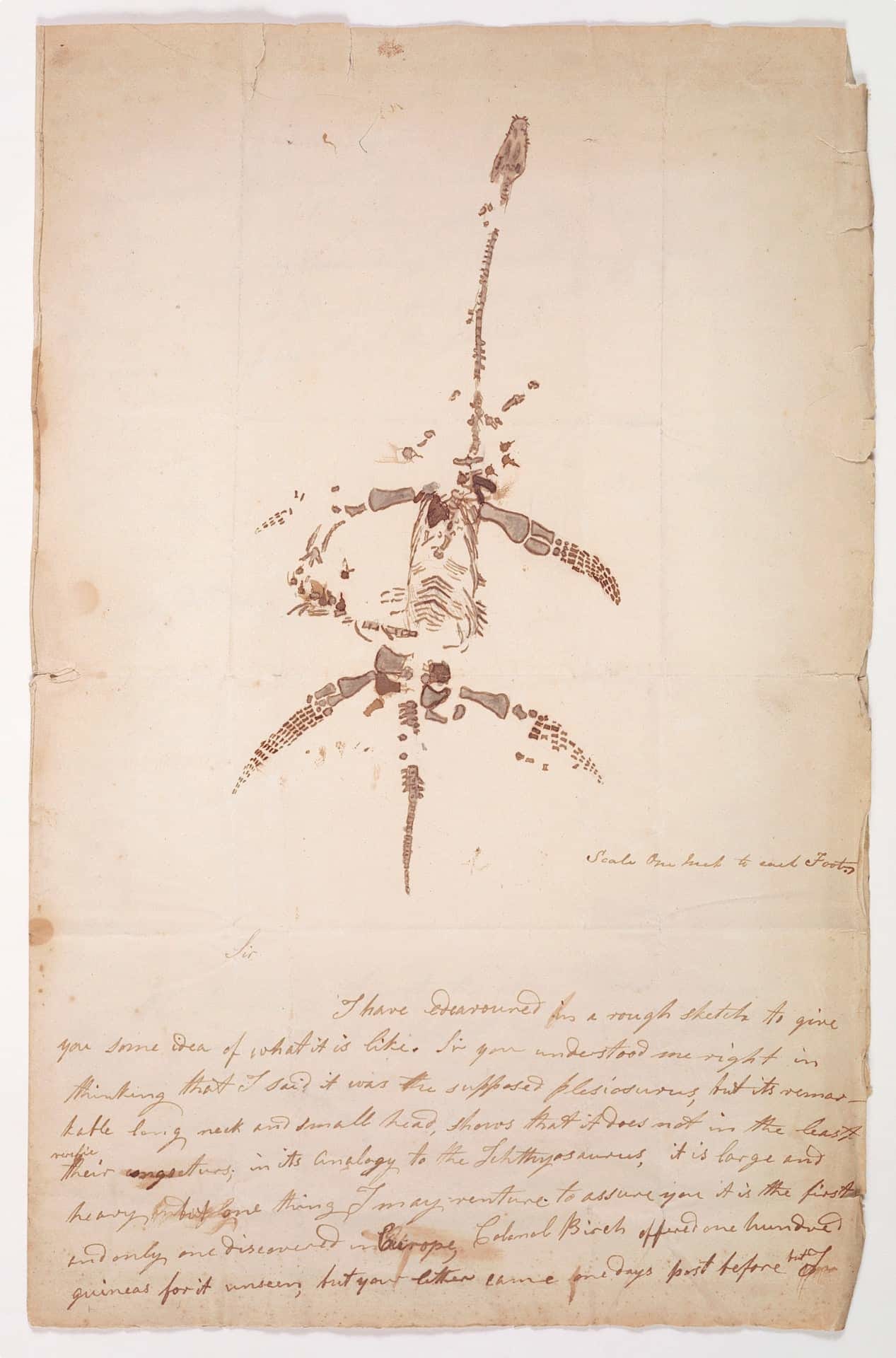
Centuries later, collectors are still selling fossils privately, and the scientific community is not happy. The private sale of fossils, scientists say, push up the prices and put the specimens out of reach of scientists and museums. Fossils are placed in private homes instead of being scrutinised to gain understanding of these ancient reptiles.
The surge in the “dinosaur market” is, once again, attributed to Spielberg’s Jurassic Park, but the popularity of buying fossils continued past the 1990s and even spilled into the black market. In 2007, the actor Nicolas Cage (beating Leonardo DiCaprio at a Beverly Hills auction) bought a tyrannosaurus skull that turned out to be smuggled illegally out of Mongolia. Cage has since returned the fossil after being informed of the circumstances.
The “Montana Duelling Dinosaurs”
The scientific community’s perception of commercial collectors had led to an incredible specimen being locked up without a buyer to date.
What may be America’s most incredible dinosaur fossil was dug up by a rancher and fossil collector in Montana in 2006. Dubbed the “Montana Duelling Dinosaurs”, the fossil featured what looked like a Triceratops horridus battling either a young Tyrannosaurus rex or a dwarf species, the Nanotyrannus lancensis. It was discovered by Clayton Phipps in Hell Creek Formation, “one of the richest fossil troves in the world“.After he and his partners spent three months extracting the duelling dinosaurs, Phipps called museums regarding his find, but could not find a buyer. It was put up for auction, but the bid fell way below the reserve price.
Palaeontologist Jack Horner, upon whom the dinosaur expert played by Sam Neill in Jurassic Park was based, called it “scientifically useless”, criticising the way the specimen was extracted. “Every single specimen collected by a commercial collector is useless because they do not come with any of the data”. The specimen is still locked away in an undisclosed location.
“Golden Age of Discovery”
Palaeontologist Stephen Brusatte, in an interview with National Geographic, says “right now” is the golden age of discovery in dinosaur research, with experts finding about “50 new species a year”. This is attributed to how countries that were once closed to the world have now opened up and developed their own groups of homegrown palaeontologists.
China, Brusatte says, “is the hot spot”. Cosmos magazine reports that 50 new feathered dinosaur species have been discovered in China since 1996. That year, Chinese palaeontologists unearthed Sinosauropteryx in Liaoning, near the border with North Korea. While Huxley had deduced that Archaeopteryx was covered in feathers back in the 1860s, they did not actually unearth a fossil with feathers. Sinosauropteryx was remarkable in this regard, as “a short, downy fuzz” was visible on the head, back, and tail of the preserved fossil.
Also unearthed in Liaoning is the Jianianhualong tengi–the name a combination of “Jianianhua dragon” and the name of researcher Fangfang Teng–which had asymmetrical feathers that may have helped it leap longer, but not necessarily fly. It was a “nearly complete skeleton with feather fossils” and gave valuable further insight into the link between birds and dinosaurs.
In July 2019, a fossil discovered in the 1980s at the Big Bend National Park in Texas was determined by scientists to belong to a new genus and species of duck-billed dinosaurs, the Aquilarhinus palimentus (“eagle nose” and “shovel chin”).
More exciting discoveries are sure to follow.
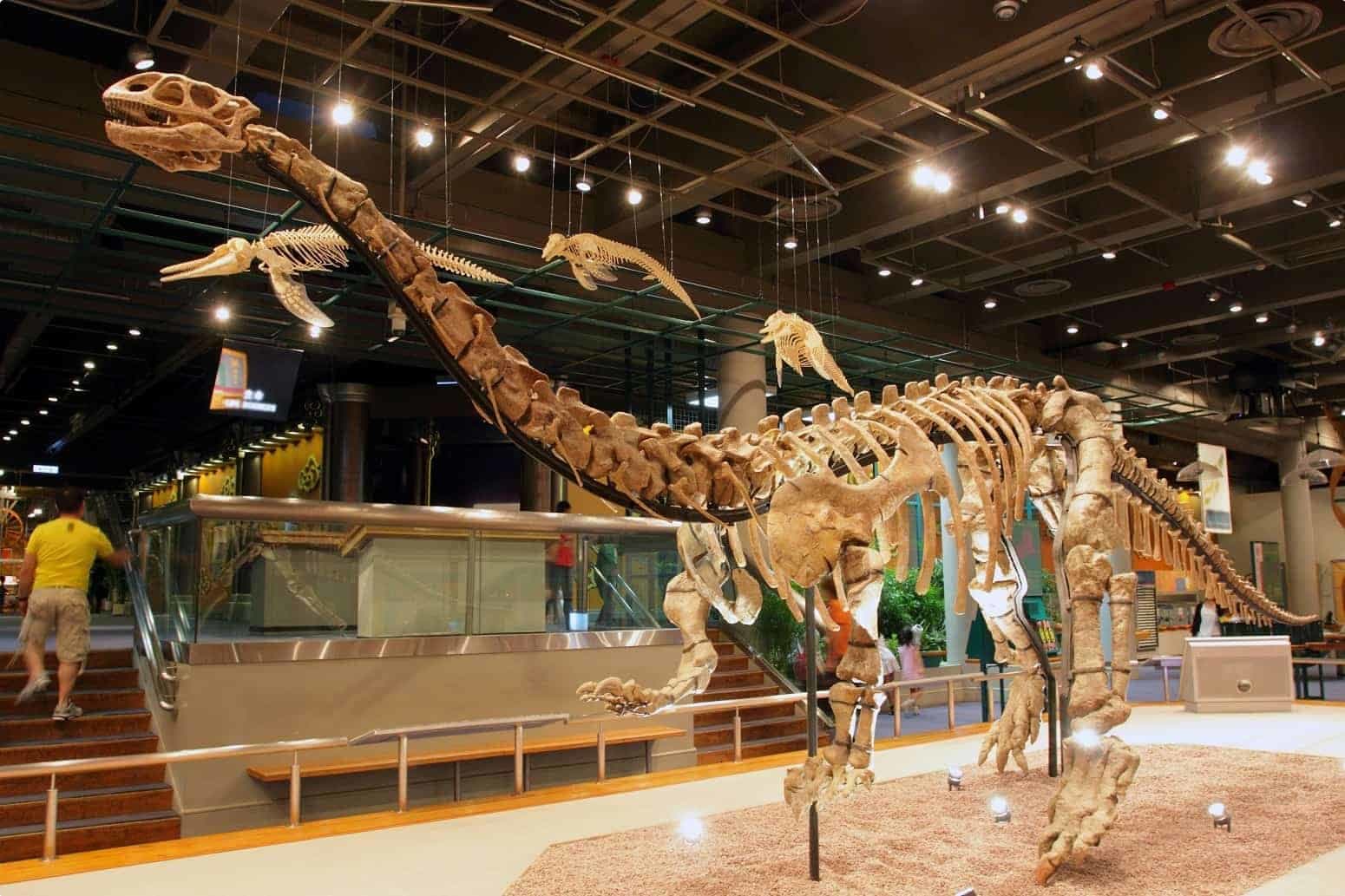
If you want to learn more, you can join Odyssey Traveller on a dinosaur tour! On the China Dinosaurs tour, we visit four noteworthy archaeological sites: Shenyang, Chengdu, Zigong, and Kunming. Highlights include exploring the Zigong Dinosaur Museum, the Paleontological Museum of Liaoning, and the Beijing Museum of Natural History. The tour also includes a guided tour through the Lufeng Dinosaur Valley in the Yunnan Province
The Mongolia Dinosaur Dig tour is arranged with the Institute of Palaeontology and Geology at the Mongolian Academy of Sciences. On this tour, participants have the opportunity to spend several days accompanying palaeontologists, recovering specimens of various dinosaur and mammal species side by side with them in the fossil-rich Tugrigiin Shiree. The Tugrigiin Shiree is best known for the impressive “Fighting Dinosaurs” fossil, unearthed in 1971, showing a protoceratops and a velociraptor locked in combat. Following each day’s adventurous prospecting, the group expert field-chef will serve a hearty meal.
We offer the same kind of tour in Argentina, where participants spend three days at the Proyecto Dino Palaeontology Centre. This site is managed by scientists from the National University of Comahue. After the dig you continue to explore further the palaeontological record of Argentina.
Just click through the links to see the full itinerary and sign up!


Related Tours
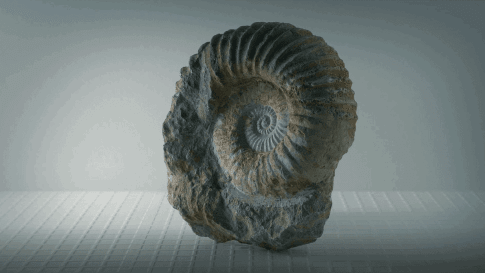
17 days
SepArgentina Dinosaur dig including Titanosaur small group tours
Visiting Argentina
Small group tour for senior and mature couples and solo travellers to explore the Titanosaurs the largest Dinosaurs to walk the planet. Their skeletons have recently been discovered in Argentina. This program spends 20 days travelling to visit and experience the dig sites where much of Argentina’s paleontological history has been found, Patagonia. With local paleontologists and guides providing an insight into this remote part of the country you get a unique opportunity to learn first hand about the research on the Argentinian Dinosaur collection.
From A$18,425 AUD
View Tour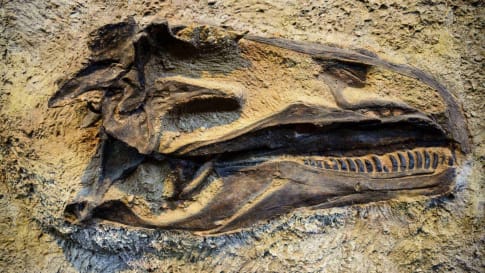
12 days
Oct, AprChina Dinosaurs small group escorted palaeontology tours
Visiting China
During our small group Dinosaur Odyssey study program for couples and solo travellers, we will visit two of the most exciting dinosaur sites in China - Zigong Dinosaur Museum. Your program leader will take us to behind-the-scenes places, field studies in the Sichuan Province and Dinosaur Valley, and in the Yunnan Province. Go behind-the-scenes places, field studies at the dig sites, with first-hand experience at palaeontological dinosaur digs.
From A$9,750 AUD
View Tour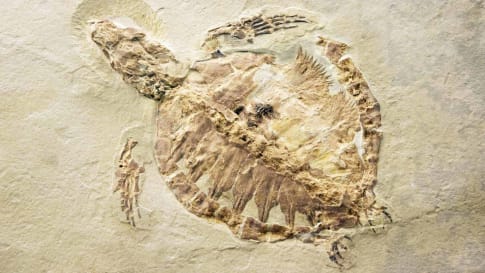
15 days
May, Aug, SepMongolia Dinosaur Dig Tour | Small group tour in the Gobi Desert
Visiting Mongolia
The first dinosaur nest of eggs was discovered in Mongolia during 1928.Following an introduction to Mongolian history, culture and desert landscapes, participants will Experience eight days on a paleontological dig. Small group tour for couples and solo mature travellers interested in Mongolia and Dinosaurs.
From A$15,675 AUD
View Tour



